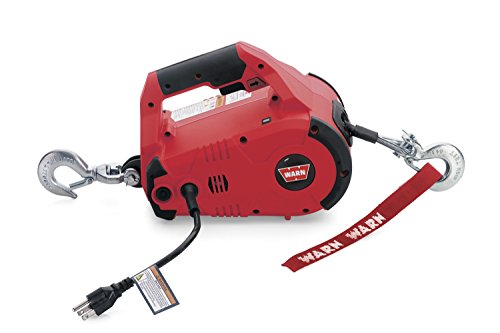Smokey66
Well-known member
NOT TRUE! Has nothing to do with how much fluid the resivour holds:On my custom bikes I`ve used a master cyl. from a sport bike that came with a remote resivour which I REMOVED and replaced with a two inch piece of clear hose with a plug in the top.That thing holds about a tablespoon of fluid.When the system is full its full and it don`t matter if the thing holds a gallon its not going to change anything!Piston dia in the cyl is important cause its all about how much fluid the piston can push,or better said how much volume it can displace.And that piston don`t care if one or ten calipers are attached to it.Check the piston size on both systems;there the same.


















































